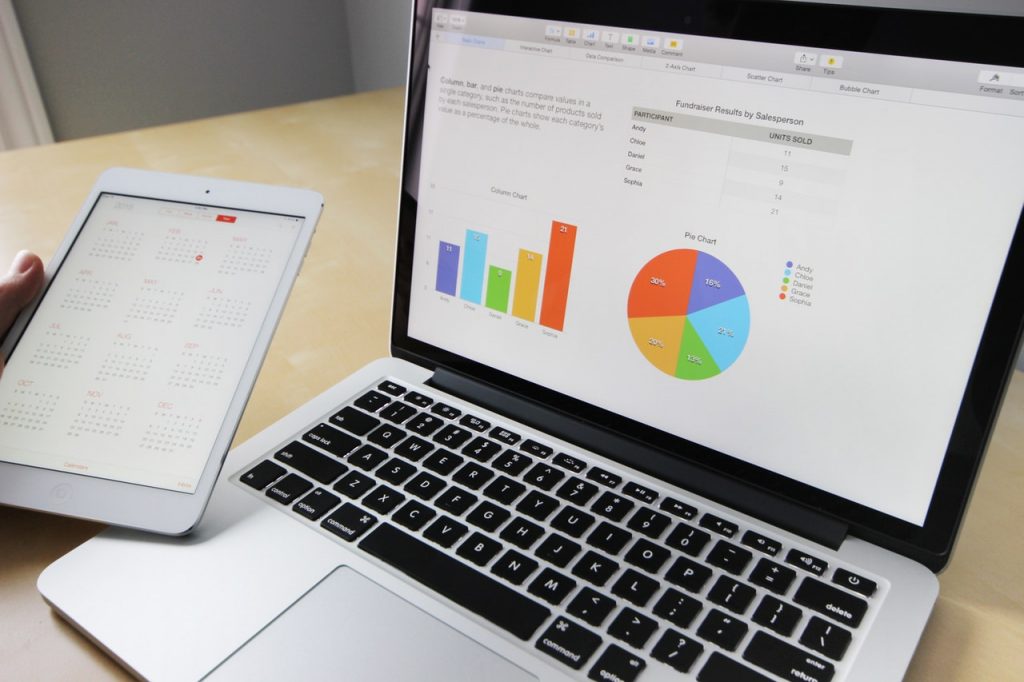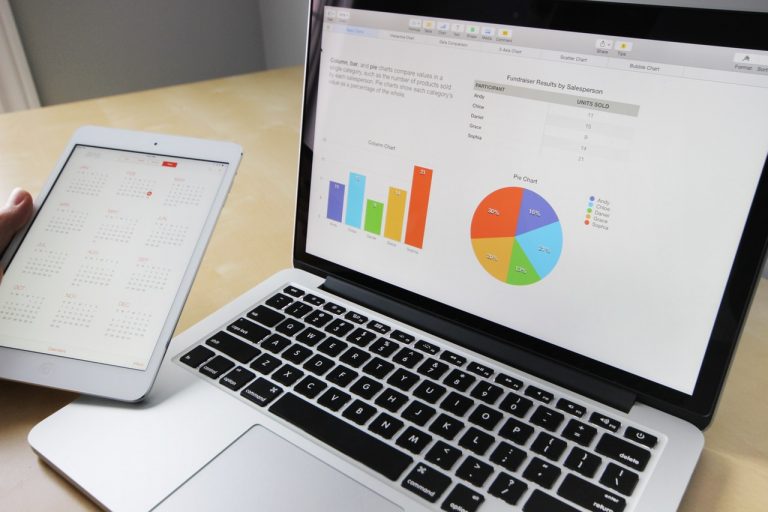In the realm of modern manufacturing and production, MRP (Material Requirements Planning) has emerged as a linchpin, seamlessly orchestrating the synchronization between inventory, production, and scheduling. The term “MRP Software” has become almost ubiquitous in contemporary industrial narratives. But does that imply all MRP systems are invariably software-based? Let’s excavate the layers to unravel the facts.
MRP: A Synthesis of Planning and Coordination
MRP systems principally concentrate on three pivotal aspects: material planning, inventory management, and scheduling. The core objective is to ensure that materials are available for production, inventories are maintained at optimum levels, and manufacturing activities are scheduled efficiently.
- Material Planning: Ensuring that materials are available for production and products are available for delivery to customers.
- Inventory Management: Maintaining the lowest possible material and product levels in store.
- Scheduling: Ensuring that materials are available for production, while manufacturing resources are planned efficiently.
Historical Glimpse: MRP Before the Digital Era
Before diving into the prevalent software-based MRP systems, it’s crucial to cast a glance back into history. Before the technological eruption and the advent of MRP Software, MRP was predominantly managed through manual processes.
- Manual Calculations: MRP, in its infancy, was heavily reliant on manual calculations and paperwork, which required meticulous attention to detail and posed a considerable risk of human error.
- Physical Records: Inventory management and material planning were often done using physical record-keeping, utilizing methods such as card systems to track material usage and reorder points.
- Handwritten Schedules: Production schedules were often developed and maintained manually, necessitating continual updates and adjustments to accommodate changes in demand or production capacity.
MRP Software: A Revolution in Material Planning
MRP Software introduced a revolutionary approach to handling material requirements planning by digitizing processes and enhancing accuracy, efficiency, and data visibility.
- Automation: MRP Software facilitates automated data processing, reducing the risk of error, and significantly enhancing efficiency by minimizing the manual intervention required.
- Real-time Data: The ability to access real-time data regarding inventory levels, production status, and material requirements enables more agile and informed decision-making.
- Integration: Modern MRP Software can often be integrated with other enterprise systems, providing a cohesive and interconnected approach to managing various facets of a business.
The Coexistence: Manual and Software-based MRP
In the current landscape, while software-based MRP systems are prevalent and universally acknowledged for their myriad of advantages, it would be a misconception to assert that all MRP systems are exclusively software-based.
- Small-scale Operations: In smaller-scale operations or in scenarios where technological investment is constrained, manual or semi-automated MRP systems might still be observed, albeit less efficient.
- Transitional Phases: Some organizations might co-run manual and software-based MRP systems during transitional phases or to maintain a fallback mechanism.
- Specialized Requirements: Certain specialized or unique manufacturing contexts may utilize hybrid MRP systems where specific elements are manually controlled, while others are software-regulated.
Conclusion: Embracing the MRP Spectrum
While MRP Software has certainly transfigured the way organizations approach material requirements planning, propelling them towards enhanced accuracy and operational efficiency, the statement that all MRP systems are software-based doesn’t hold universally true. The existence and application of MRP systems span a spectrum that ranges from manual methodologies to advanced software solutions.
As we continue to progress technologically, the propensity towards software-based MRP systems undoubtedly intensifies, offering organizations the benefits of automation, integration, and data-driven decision-making. The prudent adoption and adaptation of MRP, whether manual, software-based, or a hybrid, should be meticulously mapped based on organizational needs, capacities, and future aspirations.




